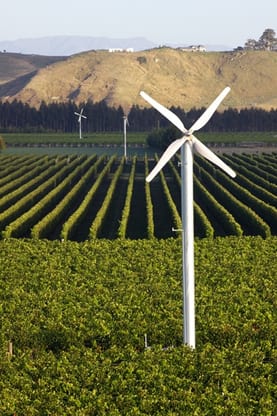Leaf and Bud Temperature Sensor Features
Growers have options for mitigating damage caused by radiation frost, for example, heaters and wind machines to heat and mix the air within the crop canopy. Although these preventative measures are effective, they are also expensive to operate, requiring significant amounts of fuel and/or electricity. Historically, growers have depended on air temperature measurements and weather forecasting to determine the need to initiate frost protection measures. Air temperature can be misleading because the same atmospheric conditions that cause radiation frost also cause crop temperature to drop below air temperature, but not always by the same amount [1]. Forecasting requires use of a surface energy balance model with multiple measurement inputs [2] [3]. An estimate of crop temperature, based on a direct temperature measurement, is a simpler, more straightforward method of accurately determining when crop temperatures drop below the freezing point.


Graph to Left: Leaf and bud temperature approximations measured with an Apogee SF-110 compared to air temperature (top panel) and wind speed (bottom panel) on the evening of October 26, 2011. Leaf and bud temperatures were both below air temperature after 6 PM (hour 18) and reached the freezing point well before the air.
[1] “Frost/Freeze Protection for Horticulture Crops”, URL: http://www.ces.ncsu.edu/depts/hort/hil/hil-705.html
[2] Kala, J., T.J. Lyons, I.J. Foster, U.S. Nair, 2009. Validation of a simple steady-state forecast of minimum nocturnal temperatures. Journal of Applied Meteorology and Climatology 48:624-633.
[3] Lhomme, J.P. and L. Guilioni, 2004. A simple model for minimum crop temperature forecasting during nocturnal cooling. Agricultural and Forest Meteorology 123:55-68.

